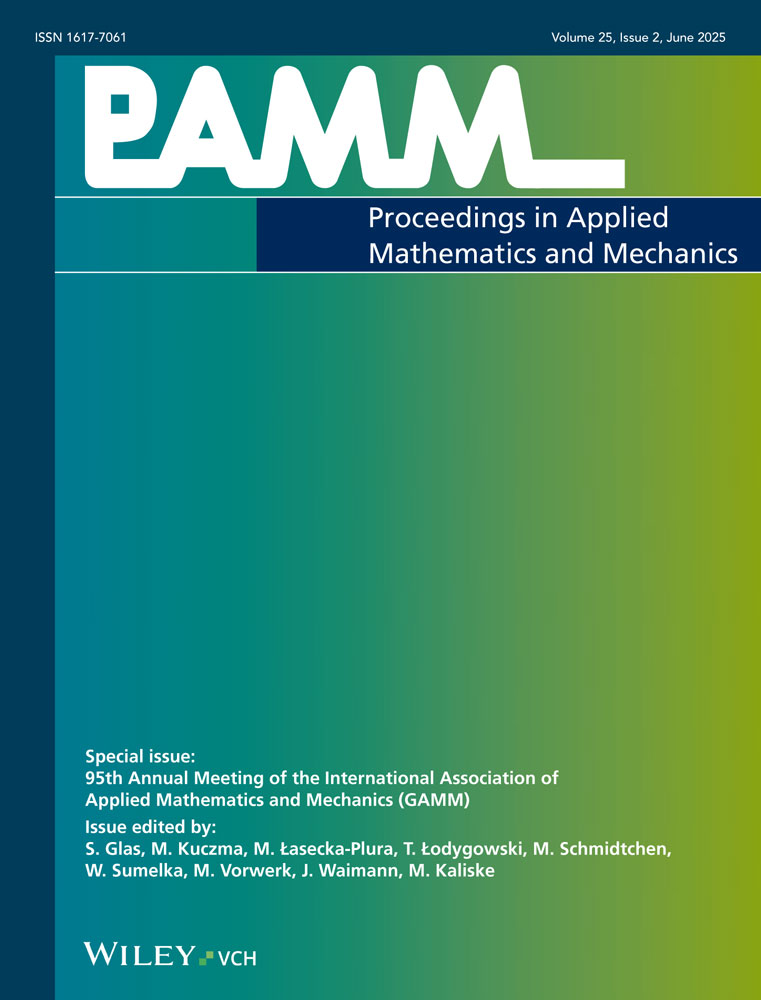Turbulent drag reduction at moderate Reynolds numbers via spanwise velocity waves
Abstract
The question whether large turbulent drag reduction can be achieved at the high values of Re typical of applications is addressed. Answering such question, either by experiments or DNS, is obviously challenging. For DNS, the problem lies in the tremendous increase of the computational cost with Re, that has to be appreciated in view of the need of carrying out an entire parametric study at every Re, owing to the unknown location of the optimal forcing parameters.
In this paper we limit ourselves to considering an open-loop technique based on spanwise forcing, the streamwise-traveling waves introduced by [1], and explore via Direct Numerical Simulations (DNS) how the drag reduction varies when the friction Reynolds number is increased from Reτ = 200 to Reτ = 2000. To achieve high Re while keeping the computational cost affordable, computational domains of reduced size are employed. We adopted special care to interpret results that are indeed still box-size dependent, as well as strategies to compute the random errors and give the results an error bar.
Our results indicate that still R = 0.29 can be obtained at Reτ = 2000 in the partial region of the parameter space studied. The maximum R is found to decrease as R ˜ Reτ−0.22 in the Reynolds range investigated. As most important outcome, we find that the sensitivity of R to Re becomes smaller when far from the low-Re optimum parameters: in this region, we suggest R ˜ Reτ−0.08. (© 2012 Wiley-VCH Verlag GmbH & Co. KGaA, Weinheim)




